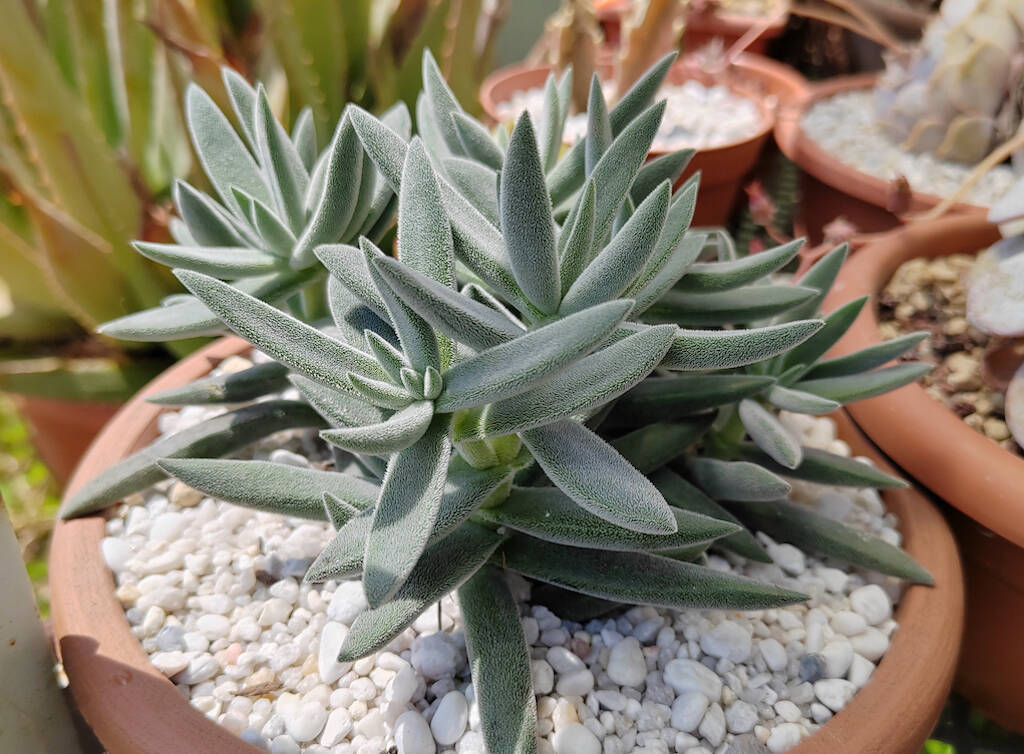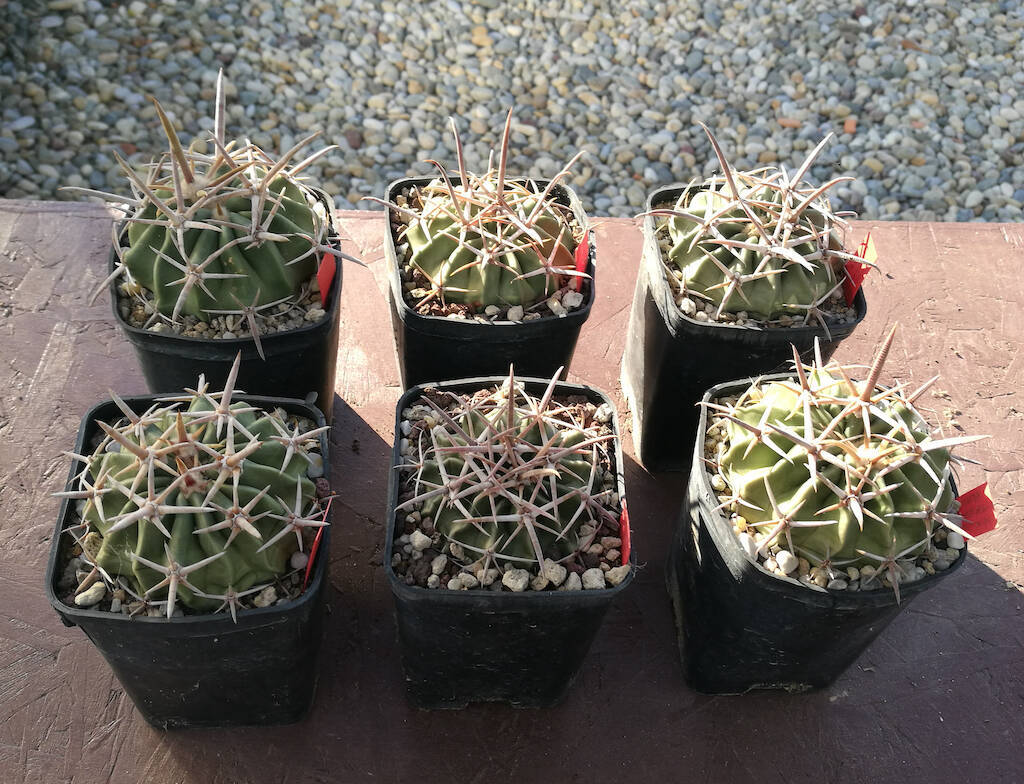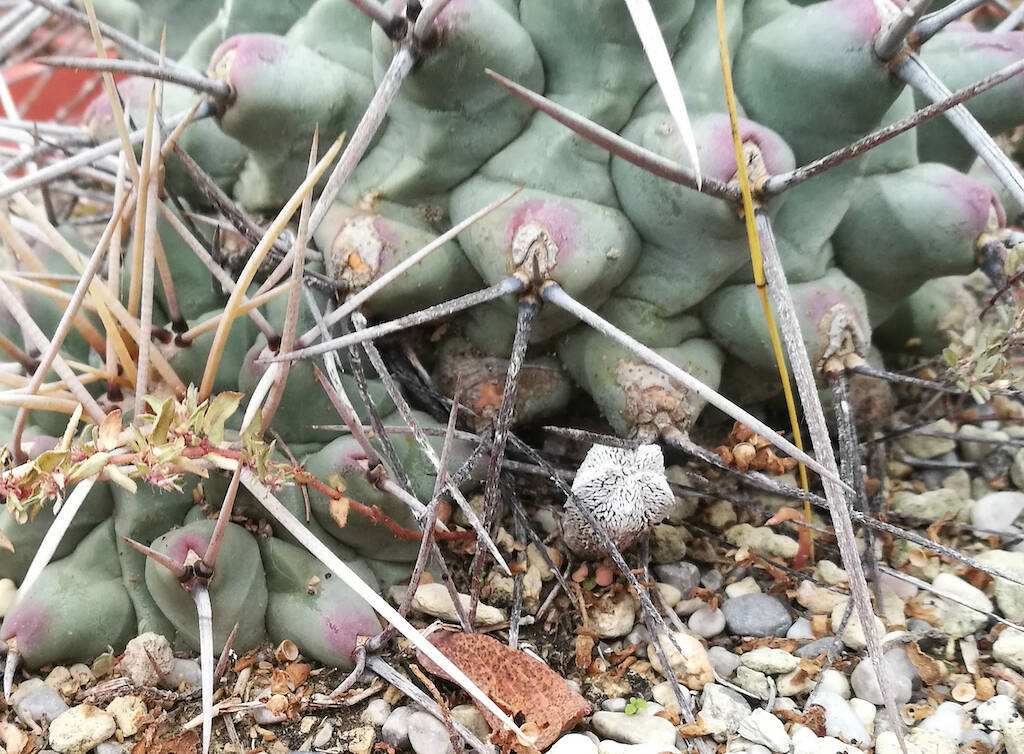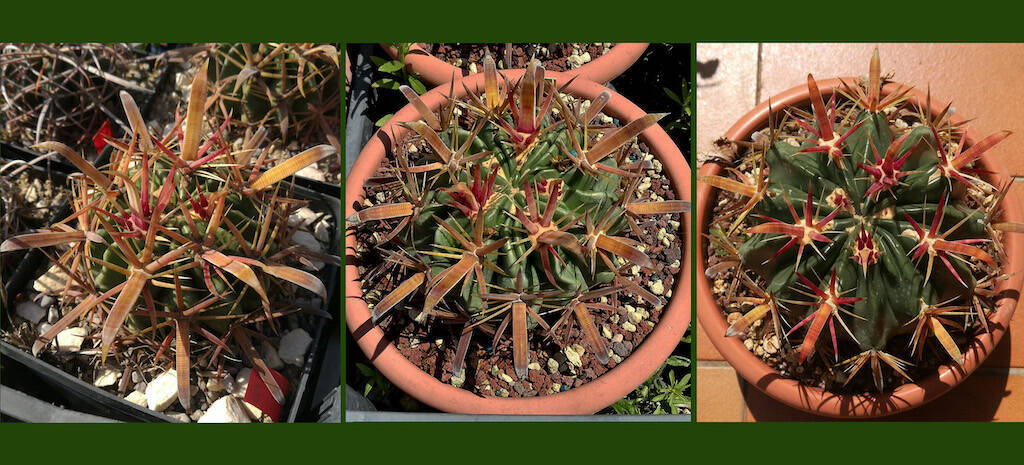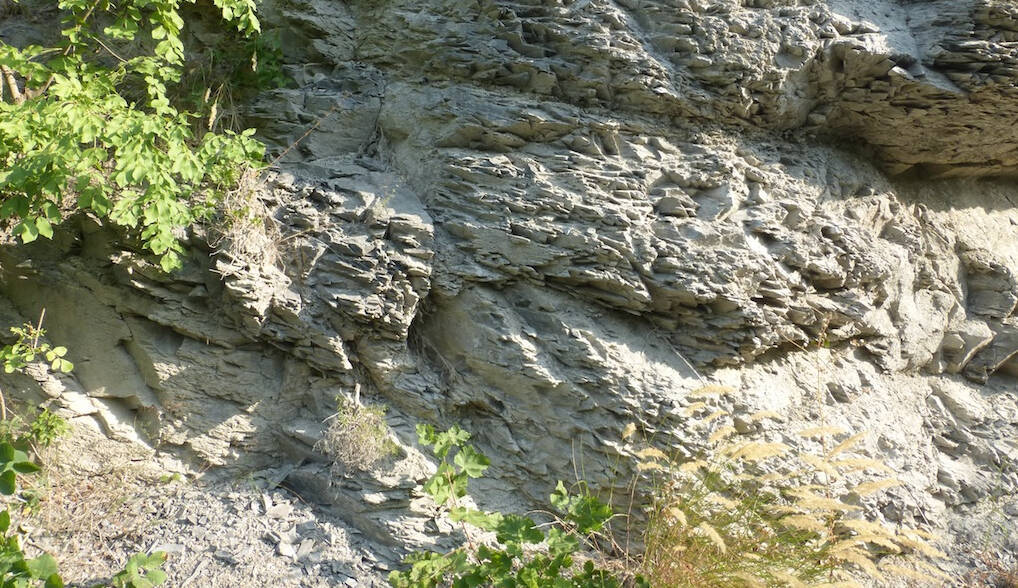After an almost non-existent, anomalous and ugly spring (at least here in Italy), the temperatures have risen considerably and we are heading towards summer. In some respects, the most delicate period for cacti and succulents, i.e. the transition between the end of winter and the vegetative restart, is now behind us and the next few months will be rather “quiet” for those who cultivate these plants. In fact, the main commitments will concern watering and fertilization, since repotting should by now be completed and treatments against pests and parasites can be given when necessary and not systematically. Even in the period of full vegetation of cacti and succulents, however, there are pitfalls and there are some elements and factors of cultivation to be taken into due consideration.
We see them in detail in the following article (…).


